Climate
Tanzania has a big advantage: it can be visited all year round.
Tanzania has roughly two distinct climatic zones: the interior, with the highlands (above 1500 m) undergoing a moderate tropical climate, and the coast, flat, humid equatorial climate.
The higher you go, the higher the temperature decreases. As you go down (to the Indian Ocean) and the hotter it gets (sometimes very hot).
Les saisons Seasons
- The dry season from May to October. Then the warmest months are December to February. Sun, blue sky, dry landscapes, thirsty animals.
- The rainy season: the "long rains" from mid-March to early May, but most of the rainfall is concentrated in April (although everything is relative, given the size of the country). Evenings can be cool or cold. On the rim of the Ngorongoro crater, it can get really chilly at night, and then the thermometer may drop below 10 ° C.
The "short rains" lasts from November to mid-December. During this period, it does not rain all day, only at certain times, and it is not unpleasant: animals are more and more rare visitors. Photographers like wet periods because of the exceptional brightness. Savannah, huge and yellow, is re-gilded by the light after the storm, under skies gray charcoal.
Advantage of this low season travel prices and services on site are lower than in high season.
Regions and their climatic peculiarities
- Great Northern Parks: warm climate of altitude. Significant heat but never stuffy.
Parks of Serengeti, Tarangire, Manyara are 1 500 m on average. In Arusha in January, temperatures range from 14 ° C (night) at 28 ° C (day). January, February and March are the warmest months of the year. April is the wettest month (350 mm), and August the driest month (7 mm).
- Mount Kilimanjaro: snowfall the night in January and February. Freezing nights in July and August.
- Dar es Salaam and the East Coast: equatorial climate with high humidity in the air. It is hot and sultry throughout the year. The hottest months in Dar es Salaam are December, January, February and March (average daily temperature: 27 ° C). On the coast in general, it rains in November and December and early March to early May.
- The islands of Zanzibar, Pemba, Mafia: equatorial climate, with the same temperatures and rainfall even in Dar es Salaam and the coast.
It is very hot and the air is saturated with moisture, except when the winds blow from the Indian Ocean from June to September.

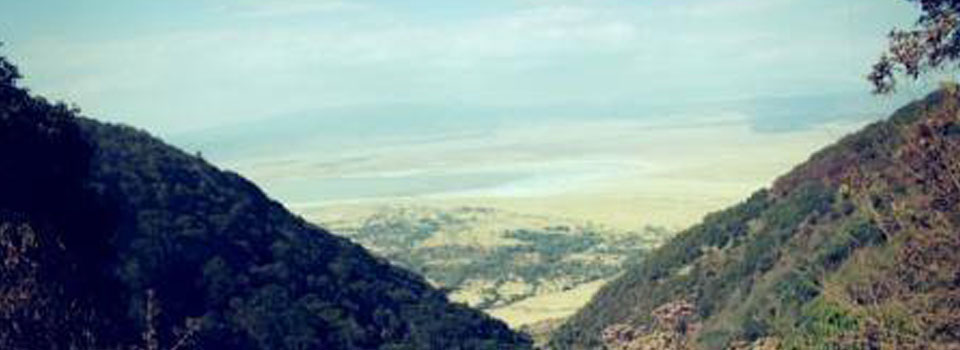
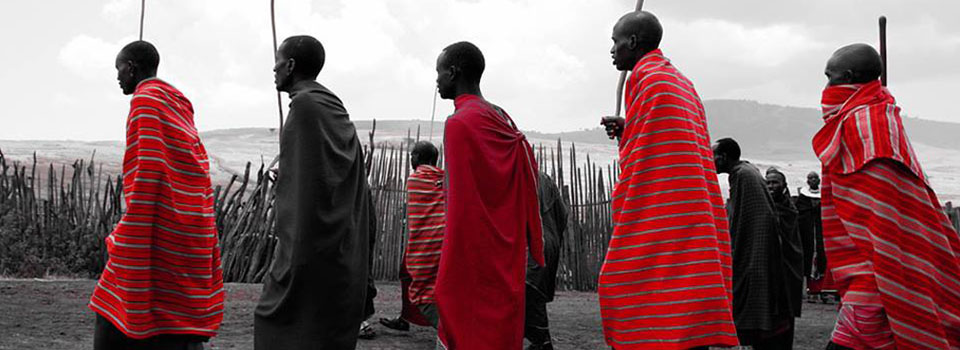





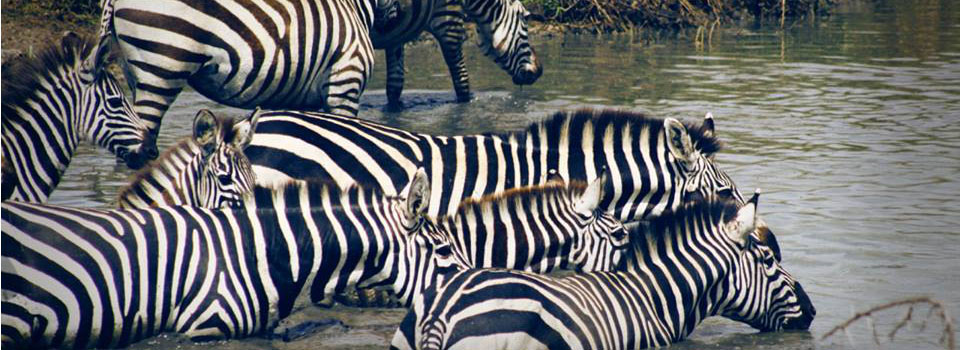
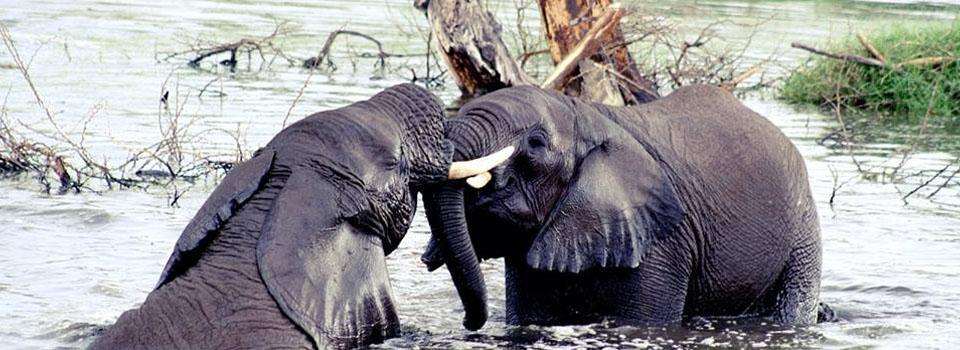
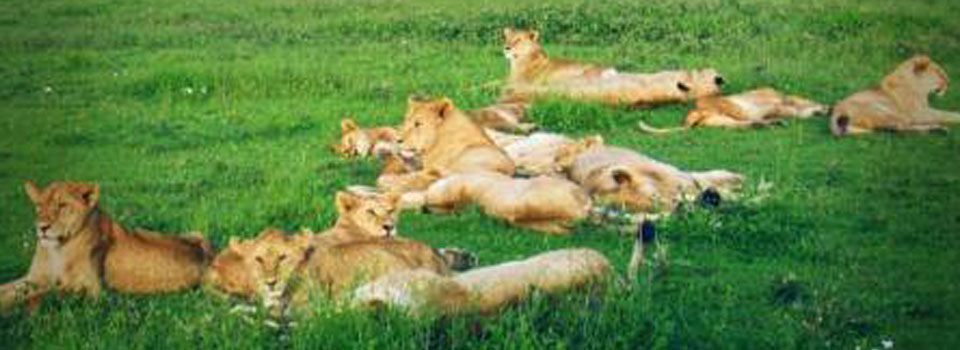
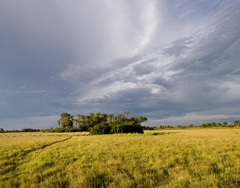
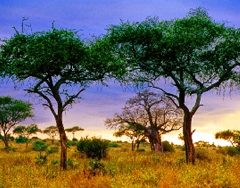




.png)